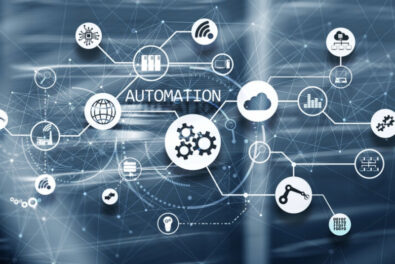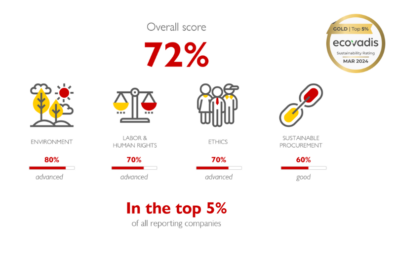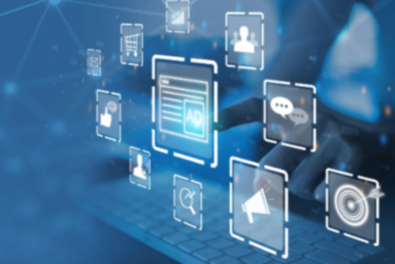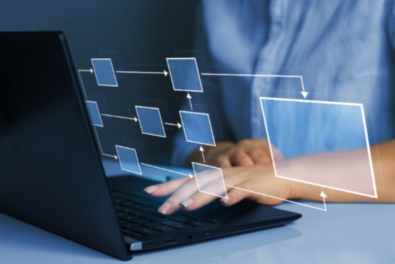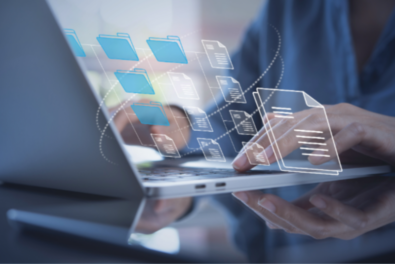If you’re using a document scanner, you have probably heard about Optical Character Recognition (OCR) and Intelligent Character Recognition (ICR) software. But what are these data capture methods used for and what exciting new developments are there on the horizon? This article examines how people use digital character recognition for scanned paper documents, handwritten information, and the future of OCR software.
SOME BACKGROUND ABOUT SCANNING AND CHARACTER RECOGNITION
Imagine needing to edit a printed document, a book, a magazine article, or a printed contract. You could spend hours typing the document and you’d have to be wary of human error as you replicated the document in a word processor. That’s where scanning technology like OCR and ICR comes in. You can use an OCR tool to scan the printed document and digitise the whole text.
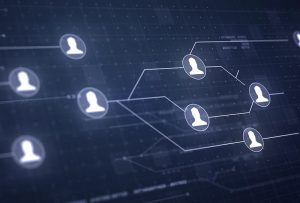 OCR is a well-known technology that you’re probably already familiar with, used to recognise text inside images, such as scanned documents and photos. OCR technology is used to convert any document containing written text – typed, handwritten, or printed – into machine-readable text data. OCR tools read and extract details or patterns from records or photographs. Impressively, it also converts the data extracted into text that computers can understand.
OCR is a well-known technology that you’re probably already familiar with, used to recognise text inside images, such as scanned documents and photos. OCR technology is used to convert any document containing written text – typed, handwritten, or printed – into machine-readable text data. OCR tools read and extract details or patterns from records or photographs. Impressively, it also converts the data extracted into text that computers can understand.
The history of OCR dates to the 1920s and became popular in the early 90s while attempting to digitise historic newspapers. As you can imagine, since then the technology has undergone several drastic improvements. Now it’s capable of recognising most characters and fonts to a high level of accuracy.
ICR is more geared towards converting handwritten information, with a focus on understanding different types of handwriting. Machine learning is playing a key role in making data capture technology smarter at understanding both printed and written word.

SCANNING VS MANUAL PROCESSES
OCR and ICR technology remove the need for manually searching physical documents to find specific information, saving you a lot of time and effort. If your records have been digitised, you will simply search for special keywords on your computer.

If you’re searching for a particular term in the document, you can perform searches inside each file. Popular use includes digitising books and other unstructured documents that enable human to human communication. For example, Google translate OCR enables users to read in any language.
Because of the versatility of these solutions, this advanced approach is particularly beneficial to professionals in the fields of banking, administration, pharmacy, and travel. It’s expanding new possibilities as it increasingly interfaces with all sorts of new technologies, like the translation mentioned above. Some Document Management Systems allow users to edit documents directly, as well as create automated data management policies too.
WHO USES SCANNING SOLUTIONS?
Covid-19 demonstrates that the future of work, at least in part, will be cloud-based and remote. With the events in 2020, the pandemic left businesses scrambling to ensure employees could securely access data from their homes.
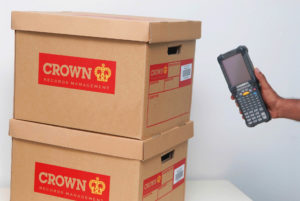 Digital transformation among businesses has been changing how we manage information for a while; however, the global pandemic sped up this change. Scanning technology, including OCR, now more than ever, plays a massive role in data storage and management and has become an essential for most businesses.
Digital transformation among businesses has been changing how we manage information for a while; however, the global pandemic sped up this change. Scanning technology, including OCR, now more than ever, plays a massive role in data storage and management and has become an essential for most businesses.
In the Banking industry the technology can extract data in cheques to capture the account information, handwritten money amount and the signature, mortgage applications and pay slips.
The medical industry is also important. Older physical records of patients’ health are increasingly being scanned and made available in a variety of digital formats, making life easier for doctors and nurses.
THE FUTURE OF OCR, ICR AND OTHER FORMS OF DATA CAPTURE
Technology already allows for quick digitisation of physical documents and placement of these into mobile container apps, meeting the needs of an increasingly mobile workforce.
Artificial Intelligence (AI) and machine learning are as one would expect reshaping scanning and character recognition as much as any other sector. Google’s “Tesseract” online OCR platform is one example.
Combining both AI and machine learning is also a part of this. Allowing us to analyse data and teach systems to detect discrepancies across large data sets. The auditing industry is one such example where such technology is being used.
Covid-19 has made digital transformation increasingly important for many organisations across the world, and technologies will continue to develop and help automate business processes. Whilst these technologies are already heavily relied upon today, in the next few years there will be a much higher demand to deliver remote working solutions.
Document scanning technology driven by big data and machine learning (for example Google’s captcha service) is also helping to drive change. This will increasingly allow scanning software to identify what images are and attach descriptive text to them automatically. This is important in meeting the needs of the visually impaired.
LOOKING FOR SCANNING AND IMAGING SOLUTIONS? TRY CROWN RECORDS MANAGEMENT
Flexibility is crucial in the digital environment. We build the process around your company’s needs to ensure the best workflow and maximum compliance.
Digital character recognition (OCR and ICR) allows for fast processing. We can use machine learning to identify document types and to recognise images to efficiently direct the data to the right parts of the system and to key individuals, for further processing.

